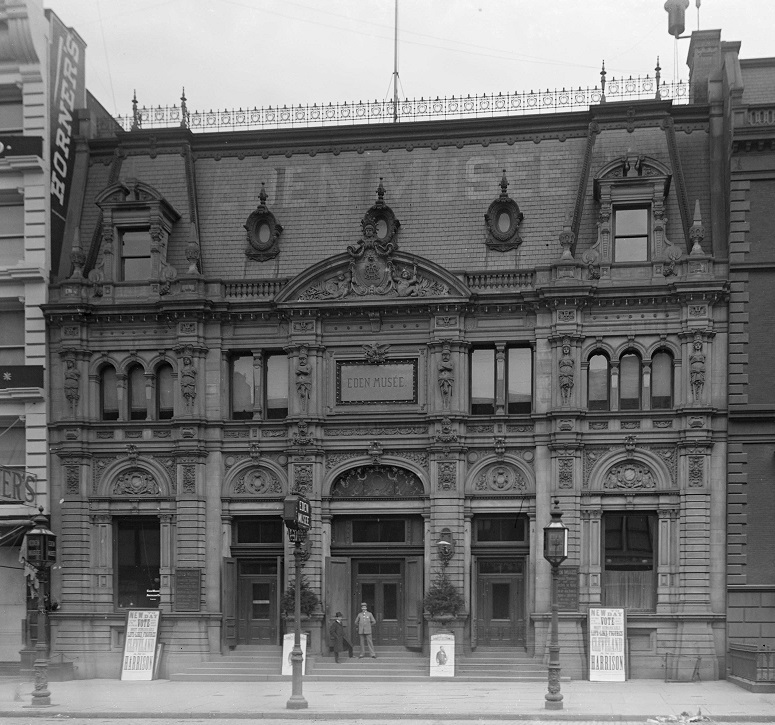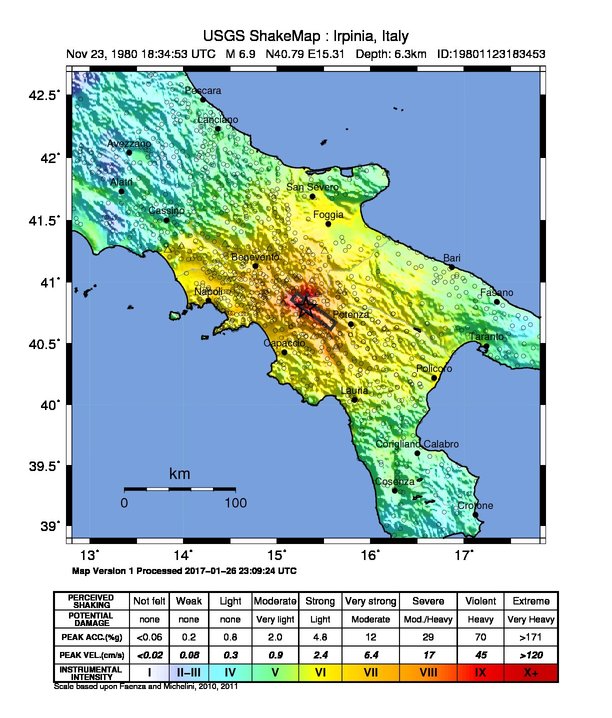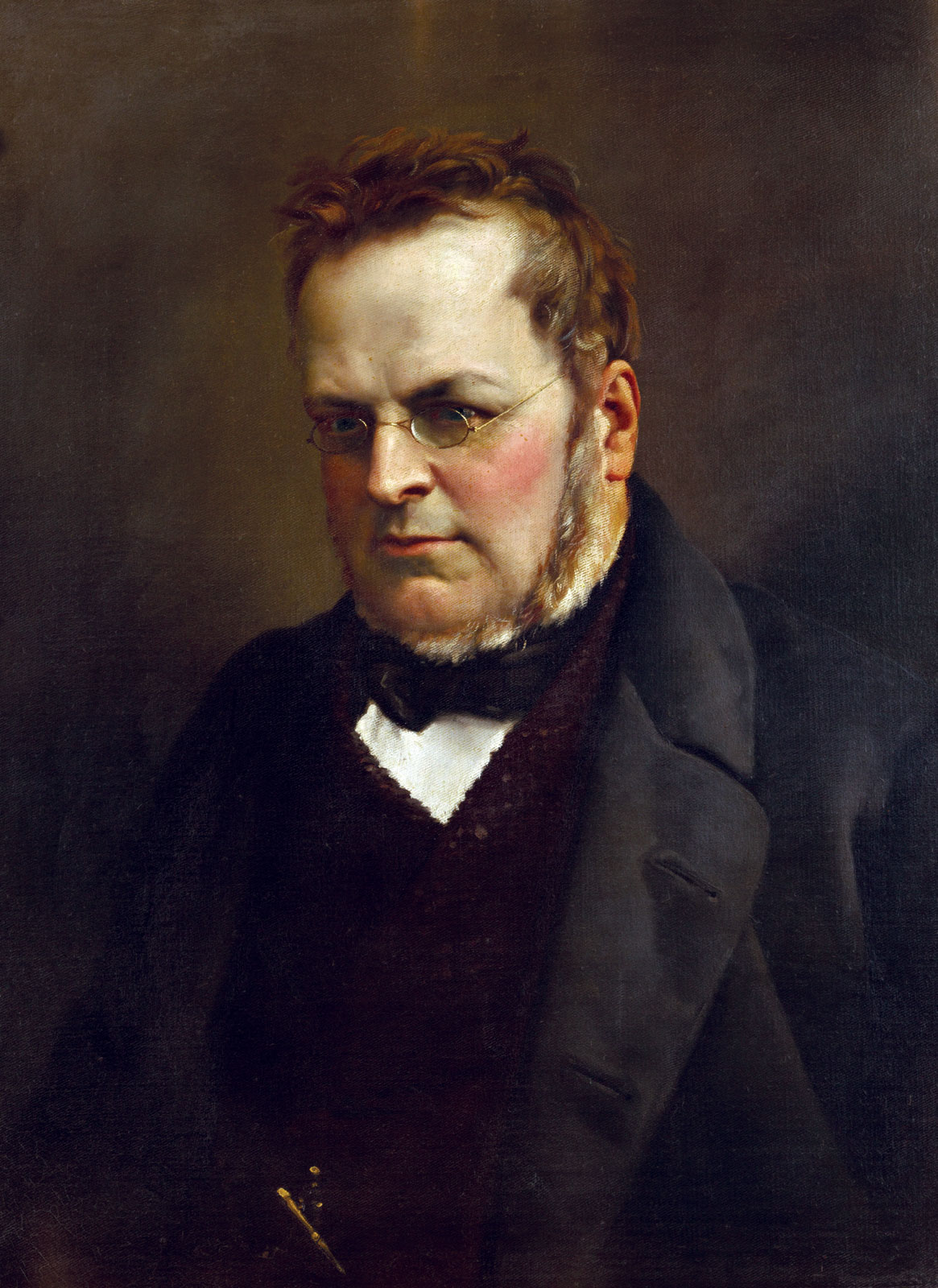|
Nusco
Nusco (Irpino: ) is a town and ''comune'' in the province of Avellino (Campania region) in the south of Italy, east of Naples, with c. 4,100 inhabitants. It is situated in the mountains between the valleys of the Calore Irpino and Ofanto Rivers. History Hannibal crossed this area during the Punic Wars. As the legend goes, some of Hannibal's elephants became ensconced in the mud of the river to the east. As his elephants drowned the General mourned the death of these great beasts. As such, the river that extends through this valley became known as, and remains, the Ofanto (a corruption of Italian "elefante") River. The Lombards built in Nusco a castle to defend the valley from the Ofanto river to the Calore one. It played a very important role between Irpinia's people until the 17th century. In the 1656 a plague struck Irpinia killing up to a third of Nusco's population. In addition to its drastic effect on people, the plague irrevocably changed Nusco's social structure. It st ... [...More Info...] [...Related Items...] OR: [Wikipedia] [Google] [Baidu] |
Roman Catholic Diocese Of Nusco
Diocese of Nusco was a Roman Catholic ecclesiastical territory in Campania, southern Italy, and was a suffragan of the archdiocese of Salerno. In 1986 the diocese was suppressed, and its territory was united with the archdiocese of Conza-Sant'Angelo dei Lombardi-Bisaccia, to form the Archdiocese of Conza-Sant'Angelo dei Lombardi-Nusco-Bisaccia.GCatholic.org: "Diocese of Nusco" retrieved February 17, 2016. History is in the Italian civil . The town is 22.08 mi (35.54 km) from Salerno in a direct line, but 44.3 ...[...More Info...] [...Related Items...] OR: [Wikipedia] [Google] [Baidu] |
Amatus Of Nusco
Amatus of Nusco, in Italian Amato di Nusco (c. 1003–1093) was the first bishop of Nusco in Irpinia, southern Italy. The most likely account of him is that he was of noble birth, a native of the South of Italy, that he distributed all his worldly goods to the poor, became a priest, and afterwards a monk in the Abbey of Monte Vergine. He died (probably) on 30 September 1093. Numerous miracles were reported at the site of his tomb and his cult developed to the point where he became recognised as a saint in the Roman Catholic Church, celebrated in the Roman Martyrology on 30 September. The monks of Montevergine regarded him as a disciple of William of Vercelli William of Montevergine, or William of Vercelli, ( it, Guglielmo) ( la, Gulielmus) (1085 – 25 June 1142), also known as William the Abbot, was a Catholic hermit and the founder of the Congregation of Monte Vergine, or " Williamites". He is v ... and accordingly argued for 30 September 1193 as the date of his death ... [...More Info...] [...Related Items...] OR: [Wikipedia] [Google] [Baidu] |
Ciriaco De Mita
Luigi Ciriaco De Mita (; 2 February 1928 – 26 May 2022) was an Italian politician who served as Prime Minister of Italy from April 1988 to July 1989. A member of the Christian Democracy (DC), De Mita served as its secretary and leader from May 1982 until February 1989, becoming one of the most influential politicians in the country, as well as one of the most prominent members of DC's left-wing. During his long-time career, he also served as Minister of Industry, Commerce and Crafts from 1973 to 1974, Minister of Foreign Trade from 1974 to 1976 and Minister for Interventions in the South from 1976 until 1979. He had been a member of the Chamber of Deputies for more than 40 years between 1963 and 2008 and also member of the European Parliament. In recent years, De Mita served as mayor of his hometown Nusco from 2014 until his death in 2022. Early life and studies Ciriaco De Mita was born in Nusco in the Avellinese hinterland in 1928. His father was a tailor and postman, while ... [...More Info...] [...Related Items...] OR: [Wikipedia] [Google] [Baidu] |
Ofanto
The Ofanto (), known in ancient times as Aufidus or Canna, is a river in southern Italy that flows through the regions of Campania, Basilicata, and Apulia, into the Gulf of Manfredonia near Barletta. Geography The river's source is on the Irpinia Plateau, at above sea level, near Nusco and Torella dei Lombardi, in the province of Avellino. From there it runs southeast near Lioni before flowing into Lago di Conza, an artificial lake. The river then forms the border between the province of Avellino and the province of Potenza except for a small extension of the province of Avellino near Calitri. The Atella flows into the Ofanto near this point as a right tributary of the river. The river curves north and flows near Monteverde before forming the border between the province of Foggia and the province of Potenza. It then curves east for a distance and a right tributary, the Olivento, flows into it in this area. The river curves northeast and then forms the border between the provinc ... [...More Info...] [...Related Items...] OR: [Wikipedia] [Google] [Baidu] |
Nicholas Laucella
Nicholas Laucella (born Nicola Laucella; July 1, 1882 – September 2, 1952) was an American concert flautist and composer. During the course of a professional musical career which spanned over three decades, he performed as the principal flute with several leading orchestral ensembles including the New York Philharmonic and the Metropolitan Opera Orchestra in New York City. Early life and studies Nicholas Laucella was born Nicola Laucella in the town of Nusco, in the Avellino province of Italy just outside Naples. He emigrated to the United States with his family in 1895 and settled in Corona, Queens, New York. His early studies on the flute began in Italy and continued for an additional eight years after his arrival in America. During this time he also pursued professional studies in music theory, harmony, and musical composition. Laucella's primary mentor on the flute was the German soloist Carl Wehner, who served as the principal flute at the New York Philharmonic from 18 ... [...More Info...] [...Related Items...] OR: [Wikipedia] [Google] [Baidu] |
Province Of Avellino
The Province of Avellino ( it, Provincia di Avellino) is a province in the Campania region of Southern Italy. The area is characterized by numerous small towns and villages scattered across the province; only two towns have a population over 20,000: its capital city Avellino (in the west) and Ariano Irpino (in the north). Geography It has an area of and a total population of 401,028 per 30.9.2021. There are 118 ''comuni'' in the province, with the main towns being Avellino and Ariano Irpino. See Comuni of the Province of Avellino. It is an inner province, with no connection to the sea. History The ancient inhabitants of the area were the Hirpini, whose name stems from the Oscan term ''hirpus'' ("wolf"), an animal that is still present in the territory, though in greatly reduced numbers. In the province of Avellino there are many archaeological Roman sites, with Aeclanum being the most important. In the Middle Age, the was the first political body established in 1022 by the ... [...More Info...] [...Related Items...] OR: [Wikipedia] [Google] [Baidu] |
1980 Irpinia Earthquake
The 1980 Irpinia earthquake ( it, Terremoto dell'Irpinia) took place in Italy on 23 November 1980, with a moment magnitude of 6.9 and a maximum Mercalli intensity of X (''Extreme''). It left at least 2,483 people dead, at least 7,700 injured, and 250,000 homeless. Event The quake struck at 18:34 UTC (19:34 local), centered on the village of Castelnuovo di Conza, Campania, Southern Italy. The first jolt was followed by 90 aftershocks. There were three main shocks, each with epicenters in a different place, within 80 seconds. The largest shock registered a peak acceleration of 0.38g, with 10 seconds of motion greater than 0.1g. The three main shocks combined produced 70 seconds of shaking greater than 0.01g. Thus the shaking was severe and lasted a long time. Towns in the province of Avellino were hit the hardest. In Sant'Angelo dei Lombardi, 300 were killed, including 27 children in an orphanage, and eighty percent of the town was destroyed and many historical buildings were lef ... [...More Info...] [...Related Items...] OR: [Wikipedia] [Google] [Baidu] |
Roman Catholic Archdiocese Of Sant’Angelo Dei Lombardi–Conza–Nusco–Bisaccia
Roman or Romans most often refers to: *Rome, the capital city of Italy *Ancient Rome, Roman civilization from 8th century BC to 5th century AD *Roman people, the people of ancient Rome *''Epistle to the Romans'', shortened to ''Romans'', a letter in the New Testament of the Christian Bible Roman or Romans may also refer to: Arts and entertainment Music * Romans (band), a Japanese pop group * ''Roman'' (album), by Sound Horizon, 2006 * ''Roman'' (EP), by Teen Top, 2011 *" Roman (My Dear Boy)", a 2004 single by Morning Musume Film and television *Film Roman, an American animation studio * ''Roman'' (film), a 2006 American suspense-horror film * ''Romans'' (2013 film), an Indian Malayalam comedy film * ''Romans'' (2017 film), a British drama film * ''The Romans'' (''Doctor Who''), a serial in British TV series People *Roman (given name), a given name, including a list of people and fictional characters *Roman (surname), including a list of people named Roman or Romans *Ῥωμα� ... [...More Info...] [...Related Items...] OR: [Wikipedia] [Google] [Baidu] |
Prime Minister Of Italy
The Prime Minister of Italy, officially the President of the Council of Ministers ( it, link=no, Presidente del Consiglio dei Ministri), is the head of government of the Italian Republic. The office of president of the Council of Ministers is established by articles 92–96 of the Constitution of Italy; the president of the Council of Ministers is appointed by the president of the Republic and must have the confidence of the Parliament to stay in office. Prior to the establishment of the Italian Republic, the position was called President of the Council of Ministers of the Kingdom of Italy (''Presidente del Consiglio dei ministri del Regno d'Italia''). From 1925 to 1943 during the Fascist regime, the position was transformed into the dictatorial position of Head of the Government, Prime Minister Secretary of State (''Capo del Governo, Primo Ministro Segretario di Stato'') held by Benito Mussolini, Duce of Fascism, who officially governed on the behalf of the king of Italy ... [...More Info...] [...Related Items...] OR: [Wikipedia] [Google] [Baidu] |
Metropolitan Opera
The Metropolitan Opera (commonly known as the Met) is an American opera company based in New York City, resident at the Metropolitan Opera House at Lincoln Center, currently situated on the Upper West Side of Manhattan. The company is operated by the non-profit Metropolitan Opera Association, with Peter Gelb as general manager. As of 2018, the company's current music director is Yannick Nézet-Séguin. The Met was founded in 1883 as an alternative to the previously established Academy of Music opera house, and debuted the same year in a new building on 39th and Broadway (now known as the "Old Met"). It moved to the new Lincoln Center location in 1966. The Metropolitan Opera is the largest classical music organization in North America. Until 2019, it presented about 27 different operas each year from late September through May. The operas are presented in a rotating repertory schedule, with up to seven performances of four different works staged each week. Performances are ... [...More Info...] [...Related Items...] OR: [Wikipedia] [Google] [Baidu] |
New York Philharmonic
The New York Philharmonic, officially the Philharmonic-Symphony Society of New York, Inc., globally known as New York Philharmonic Orchestra (NYPO) or New York Philharmonic-Symphony Orchestra, is a symphony orchestra based in New York City. It is one of the leading American orchestras popularly referred to as the "Big Five (orchestras), Big Five". The Philharmonic's home is David Geffen Hall, located in New York's Lincoln Center for the Performing Arts. Founded in 1842, the orchestra is one of the oldest musical institutions in the United States and the oldest of the "Big Five" orchestras. Its record-setting 14,000th concert was given in December 2004. History Founding and first concert, 1842 The New York Philharmonic was founded in 1842 by the American conductor Ureli Corelli Hill, with the aid of the Irish composer William Vincent Wallace. The orchestra was then called the Philharmonic Society of New York. It was the third Philharmonic on American soil since 1799, and had as it ... [...More Info...] [...Related Items...] OR: [Wikipedia] [Google] [Baidu] |
Vinci, Italy
Vinci ( , ) is a city in the Italian region of Tuscany and ''comune'' of the Metropolitan City of Florence. The birthplace of Renaissance polymath Leonardo da Vinci lies just outside the town. Main sights * Museo Leonardiano, museum of Leonardo da Vinci. This museum has displays of some of the inventions that are drawn in Leonardo's notebooks. *Casa Natale di Leonardo, the birthplace of Leonardo da Vinci, situated approximately 3 km to the northeast of Vinci in the frazione of Anchiano. There are some reproductions of his drawings at the house. *Church of Santa Croce, built in the 13th century but later remade in neo-Renaissance style. Twin towns Vinci has two official sister cities as designated by Sister Cities International: * Allentown, USA * Amboise Amboise (; ) is a commune in the Indre-et-Loire department in central France. Today a small market town, it was once home of the French royal court. Geography Amboise lies on the banks of the river Loire, east of Tours. ... [...More Info...] [...Related Items...] OR: [Wikipedia] [Google] [Baidu] |
.jpg)

.jpg)



